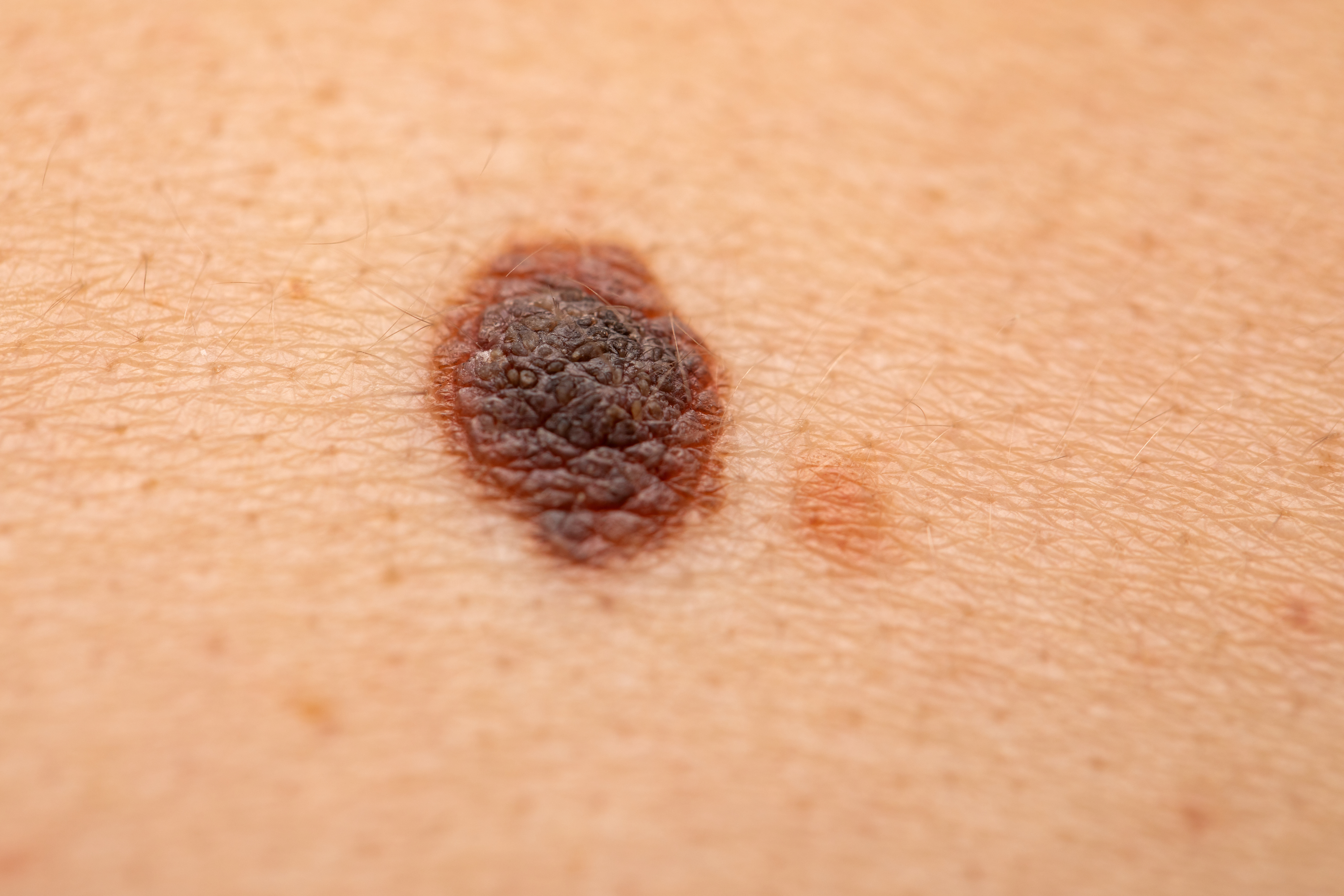
Researchers have developed a model for the prediction of recurrence-free and melanoma-specific survival after sentinel lymph node biopsy (SLNB) in patients with melanoma, according to recent findings reported by Stassen et al in The Lancet Oncology. In the study, researchers created a development cohort comprised of 4,071 patients older than 13 years with stage pT1b or higher melanoma who underwent SLNB between October 1997 and November 2013, and a validation cohort comprised of 4,822 patients who underwent SLNB between January 1997 and December 2013. They noted that 22% (n = 889) and 18% (n = 891) of the patients in the development and validation cohorts, respectively, had sentinel node–positive disease. In development of the predictive model for 5-year recurrence-free and melanoma-specific survival, potential risk factors assessed were sex, age, presence of ulceration, primary tumor location, histologic subtype, Breslow thickness, sentinel node status, number of sentinel nodes removed, maximum diameter of the largest sentinel node metastasis, and Dewar classification. After a median follow-up of 4.8 years (interquartile range [IQR] = 2.3–7.8 years) in the development cohort and 5.0 years (IQR = 2.2–8.9 years) in the validation cohort, 5-year recurrence-free survival rates were 73.5% (95% confidence interval [CI] = 72.0%–75.1%) and 66.1% (95% CI = 64.6%–67.7%), and 5-year melanoma-specific survival rates were 86.5% (95% CI = 85.3%–87.8%) and 83.3% (95% CI = 82.0%–84.6%), respectively. In the development cohort, patients with sentinel node–positive disease vs those with sentinel node–negative disease experienced 5-year recurrence-free survival rates of 49.0% vs 80.3% and 5-year melanoma-specific survival rates of 69.1% vs 91.1%. In the validation cohort, patients with sentinel node–positive disease vs those with sentinel node–negative disease experienced 5-year recurrence-free survival rates of 43.0% vs 72.2% and 5-year melanoma-specific survival rates of 65.5% vs 88.3%. The final predictive model contained six factors: sentinel node status, Breslow thickness, presence of ulceration, age at sentinel lymph node biopsy, primary tumor location, and maximum diameter of the largest sentinel node metastasis. In the development cohort, the area under the time-dependent receiver operating characteristics curve (AUC) was 0.81 (95% CI = 0.78–0.81) for prediction of recurrence-free survival and 0.81 (95% CI = 0.79–0.84) for prediction of melanoma-specific survival. In the validation cohort, the AUC was 0.73 (95% CI = 0.71–0.75) for prediction of recurrence-free survival and 0.76 (95% CI = 0.74–0.78) for prediction of melanoma-specific survival. The study authors concluded: “Our prediction model and nomogram accurately predicted patient-specific risk probabilities. These tools could have important implications for clinical decision-making when considering adjuvant treatments in patients with high-risk melanomas.”